-
EXPLORE FURTHER: Study uncovers the urban areas most at risk from climate calamities
Climate change
is already causing devastating impacts globally, clear evidence of this can be seen
Extreme European heatwaves to destructive typhoons in the Pacific
.
However, the younger your age, the higher the chance these climate catastrophes will turn into everyday occurrences.
Scientists from Vrije Universiteit Brussel (VUB) in Belgium caution that climate change will impose an unfairly heavy burden on young people.
Children today—those under 18 years old who were born in 2007 or later and referred to as ‘Generation Alpha’—will face greater climate extremes than any preceding generation.
Depending on how we address our greenhouse gas emissions, as many as 1.5 billion children currently living could experience unprecedented lifelong exposure to extreme heat waves, among other impacts.
The researchers forecast that over 431 million current children will endure a lifelong scarcity of food because of crop failures.
Study author Wim Thiery, professor of climate science at VUB, said ‘vulnerable children experience the worst escalation of climate extremes’.
‘World leaders must step up to reduce greenhouse gas emissions and lessen the climate burden on today’s youth,’ he said.
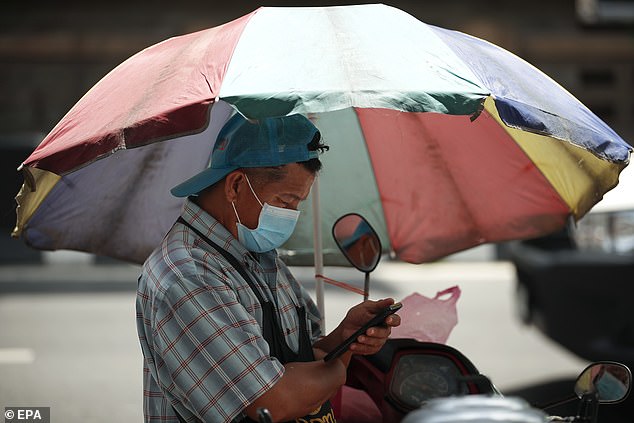
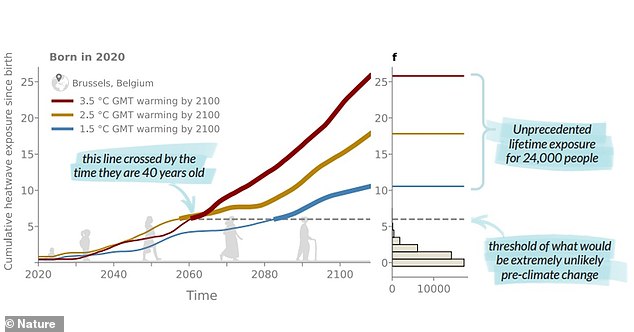
For the new study, the team combined demographic data and climate model projections of the climate extremes around the world.
The team looked at six different climate extremes – heatwaves, crop failures, wildfires, droughts, floods and tropical cyclones.
They subsequently determined the global count of children between the ages of 5 and 18 in 2025 who will experience ‘unparalleled lifelong exposure’ to the six types of climate-related extreme events.
They describe ‘unprecedented lifetime exposure’ as a strict criterion that differs based on geographical area and kind of climatic extremity.
“It highlights communities exposed to climate extremes significantly more severe than those anticipated without human-induced climate change,” stated lead author Dr. Luke Grant from VUB.
They envisioned three distinct possibilities: one where global warming is capped at 1.5°C (2.7°F), another where it reaches 2.5°C (4.5°F), and a third scenario predicting an increase of up to 3.5°C (6.3°F) by the end of the century.
Currently, the global temperature is just 0.2°C below the 1.5°C threshold.
Which the legally binding Paris Agreement is compelling global leaders to strive to prevent.
.
In summary, the group concluded that there is a critical necessity to decrease greenhouse gas emissions in order to safeguard the well-being of both present and upcoming younger populations.
| Climate extremity/heating projection (by 2100) | 1.5 °C of warming | 2.5 °C of warming | 3.5 °C of warming |
|---|---|---|---|
| Heatwaves | 855 million | 1.3 billion | 1.5 billion |
| Crop failures | 316 million | 400 million | 431 million |
| Wildfires | 119 million | 134 million | 147 million |
| Droughts | 89 million | 111 million | 116 million |
| River floods | 132 million | 188 million | 191 million |
| Tropical cyclones | 101 million | 163 million | 163 million |



Overall, as many as 855 million children globally will experience unparalleled exposure to heat waves even if we succeed in restricting global warming to 1.5°C (2.7°F), according to their findings.
However, if global warming escalates to a critical level of 3.5°C by the year 2100, an astounding 1.5 billion children around the globe could face similar risks.
Even though heat waves will pose the greatest risk, the remaining five extreme events will impact numerous children alive today, irrespective of the degree of warming.
For instance, under a 1.5 °C warming scenario, approximately 119 million children between the ages of 5 and 18 in 2025 will experience unparalleled lifelong exposure to wildfires—but this number rises to about 147 million with a 3.5°C increase.
In a situation where global temperatures rise by 1.5°C, approximately 132 million children between the ages of 5 and 18 in 2025 will experience previously unseen lifelong exposure to river flooding; however, this number climbs to 191 million should temperatures increase by 3.5°C.
In general, the largest proportion of children experiencing unprecedented lifelong exposure is associated with heatwaves (with 92 percent of the 2020 birth cohort affected at 3.5 degrees Celsius of warming), trailed by crop failures (approximately 30 percent) and river flooding (about 15 percent).
If we manage to restrict global warming to 1.5°C by the year 2100, approximately 52 percent of children who were born in 2020 will experience extreme heatwaves, which is significantly higher than the 16 percent experienced by those born in 1960.
“The figures differ depending on the specific climate event, however, the overall trend remains consistent,” Professor Thiery stated to MailOnline.

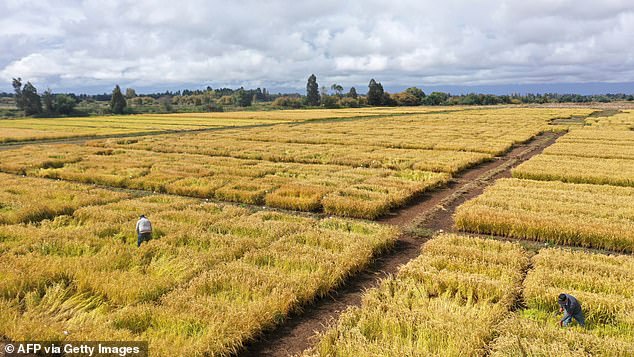
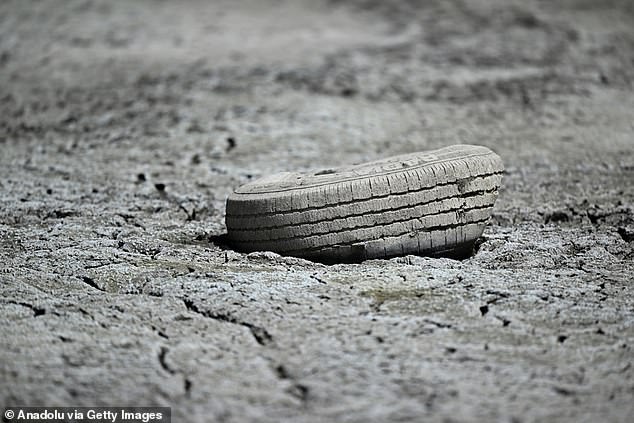
‘The younger the generation, and the higher the warming pathway, the higher the percentage of the birth cohort facing unprecedented lifetime exposure to the considered climate extreme.’
Additionally, the team emphasizes that the most ‘socioeconomically disadvantaged’ children, particularly those residing in poor communities globally, will face the harshest impacts from escalating climate extremes.
With the present climate policies, nearly all (95 percent) of the most socioeconomically disadvantaged children born in 2020 will experience unparalleled levels of heatwave exposure throughout their lives, as opposed to only 78 percent among those who belong to the least vulnerable category.
The research, released today in the journal
Nature
emphasizes the ‘social inequality’ caused by climate change and its effects.
Individuals born within the past five to ten years, who did not contribute to the present levels of human-generated greenhouse gases, will ‘shoulder the burden.’
Inger Ashing, CEO of Save the Children International, stated: “Globally, children find themselves bearing the burden of a crisis they did not cause.”
‘Extreme heat that jeopardizes their well-being and education; cyclones that pummel their homes and schools; gradual droughts that wither crops and reduce the food available for them.’
In the midst of this constant stream of calamities, children implore us not to tune out.
This latest study indicates that there is still reason for optimism, yet this holds true solely if we take immediate and bold action to swiftly cap temperature increases at 1.5 °C, and genuinely prioritize children’s interests in our approach to tackling climate change.
Read more

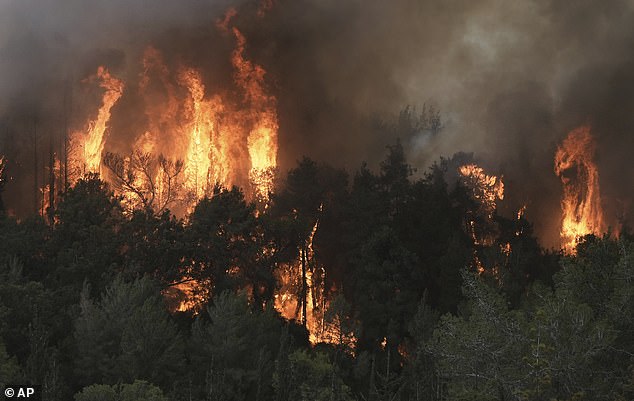

Leave a Reply